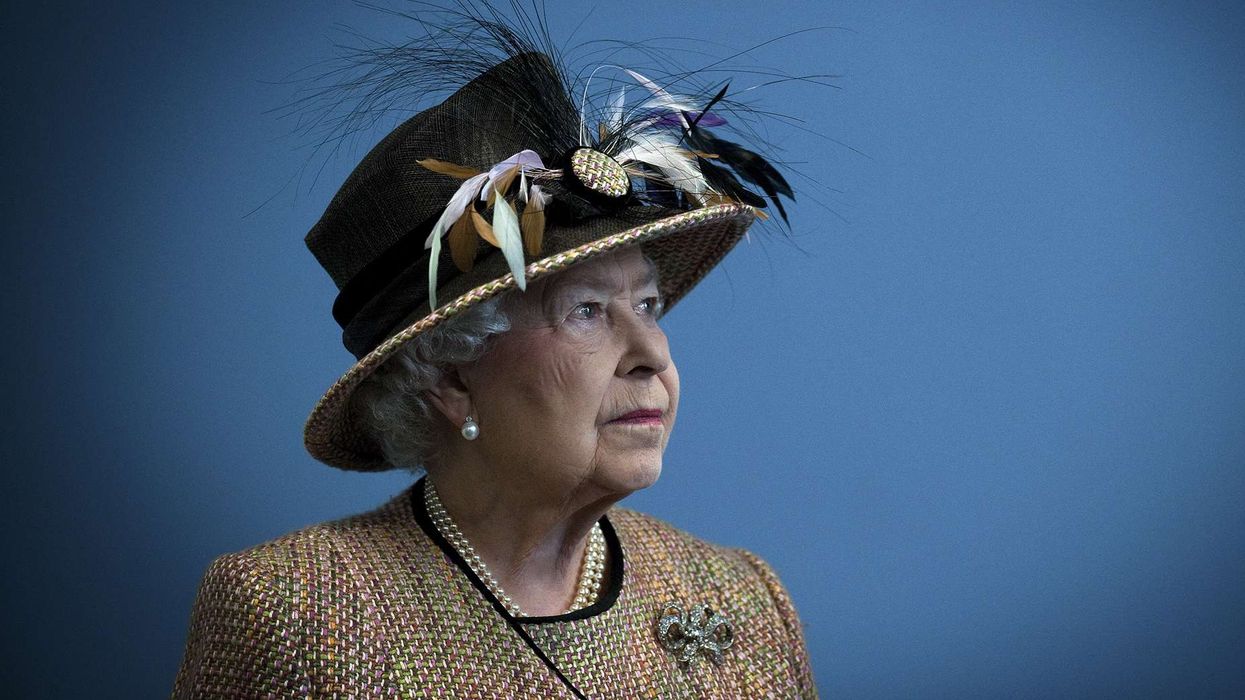The date Friday the 13th has long been linked to misfortune. Whether you are superstitious or not, it is a date that stands out, referenced in films, books, songs and urban legends alike. But where did this association with bad luck begin, and does it really deserve its eerie reputation?
Biblical roots of the superstition
The origins of the Friday the 13th superstition are widely believed to stem from Christian tradition. According to Biblical accounts, Jesus was crucified on a Friday, the day he was betrayed by Judas Iscariot, who was also the 13th guest at the Last Supper. This combination of the number 13 and the day Friday laid the groundwork for its ominous legacy.
Is Friday the 13th really unlucky?
Despite its reputation, there is no scientific evidence that Friday the 13th brings more bad luck than any other day. Still, the superstition persists.
A 1993 study in the UK suggested a curious correlation: even though fewer people drove on Friday the 13th, the number of transport-related accidents was higher than usual. However, the findings were based on data from only one town, leading to questions about the study's validity.
In contrast, a 2011 German study found no increased risk of accidents or bad luck on Friday the 13th compared to other days.
Some researchers believe it's not the day itself that’s unlucky, but that people may act differently because they expect bad things to happen, potentially creating a self-fulfilling prophecy.
A phobia with a long name
If Friday the 13th fills you with dread, there’s an official name for that fear: friggatriskaidekaphobia. The term comes from ‘Frigga’, the Norse goddess for whom Friday is named, and ‘triskaidekaphobia’, the fear of the number 13.
Historical events on Friday the 13th
While there’s no proof the day is cursed, several tragic events have happened on Friday the 13th, fuelling the superstition:
- 13 October 1307: Hundreds of Knights Templar were arrested by the French monarchy, many later executed.
- 13 September 1940: Buckingham Palace was bombed during WWII.
- 13 March 1964: Kitty Genovese was murdered in New York, sparking a national conversation on bystander apathy.
- 13 November 1970: A cyclone in Bangladesh killed over 300,000 people.
- 13 October 1972: A plane crashed in the Andes, later portrayed in Society of the Snow.
- 13 September 1996: Tupac Shakur died following a shooting in Las Vegas.
- 13 January 2012: The Costa Concordia cruise ship crashed off the Italian coast, killing 30 people.
Of course, tragic events occur on many other dates too. But Friday the 13th continues to capture the imagination, precisely because of its long, often grim, cultural history.
Whether you see it as superstition, coincidence or cultural myth, Friday the 13th has cemented its place as the world’s most infamous date. While there's no proof it's any more dangerous than any other day, its eerie reputation ensures it never goes unnoticed.







 During summer and autumn, when snow is absentiStock
During summer and autumn, when snow is absentiStock






